Shinji Kanesaka is chef/owner of Kanesaka in Tokyo. He originally started training at Kyubei in Tokyo and after five years at the age of 23 became their youngest employee to be allowed to serve sushi to customers. Five years later he opened his first restaurant, Kanesaka, and went on to train some chefs that became very well known in their own right, such as Takashi Saito. The main Kanesaka restaurant held two Michelin stars in the 2023 guide, as it has done since 2018.
Kanesaka in Park Lane opened on the 1st July 2023, offering an omakase only sushi experience for 13 diners, with nine seats at the counter plus a four-seat private room. It is priced at the little matter of £420 per person before drinks or service. Mr Kanesaka came across to London for the opening but the actual main chefs here are head chef Hirotaka Wada, another protégé of Kyubey before working as head chef at Sushi Kanesaka at the Palace Hotel in Tokyo. Supporting him is sushi chef Junki Kimizuka, who has worked at The Palace Hotel, Ginza Sushi-ya, Ginza Sushi, Kanesaka (main restaurant) and Yamazato at The Okura Tokyo. This is Kanesaka’s first venture in Europe; contrary to the press release he has actually opened places outside Japan though: "Shinji by Kanesaka" is in Singapore and a place of the same name Shinji, but now closed, was for a time open in Macau.
The wine list was very short indeed, with just half a dozen options. Ruinart Rosé NV was £250 for a champagne that costs £90 in a shop, Chablis Vaillons Domaine William Fèvre 2020 was £165 compared to its retail price of £50, and Savigny Les Beaune Vergelesse, Domaine Francoise Andre 2019 was £135 for a wine whose current market value is £60, Beer was Sapporo at £10 a bottle, or alternatively there was Hitachino Nest Saison du Japan Kiuchi Shuzo at £13. There were sake pairings at £150 or £220. The list had quite a range of sake, seventeen choices in all. These ranged right up to the rare Noguchi Naohiki 01 Limited Edition 2018 1, Noguchi Naohiko Kenkyujo at £1,550, which retails at £727.
The sushi counter is made from a single block of cedar wood, with vases supplied by ceramic artist Shiro Tsujimura. The restaurant uses its own rice blend from Japan’s Yamagata Prefecture and sources ingredients such as wasabi from Japan. However, the seafood comes mostly from the shores of the UK and Europe, though fruit is imported from Japan. The sushi rice was of course served at the correct body temperature. I have been surprised at how often I have been served fridge-cold sushi rice in expensive restaurants in London, but not here. Similarly, the wasabi was freshly grated at the counter at the beginning of service. No fake wasabi (horseradish with green food colouring) from a tube at this counter; real wasabi has a silky texture and gentle but insistent bite of spice. It is an entirely different creature from its imitators.
The meal began with an appetiser of Cornish king crab with beluga caviar supplied from Kaviari, interspersed with a little scallop. The crab had excellent natural sweetness, nicely complemented by the natural brininess of the high-quality caviar. This was followed by the first sushi, chutoro (semi-fatty tuna). This was lovely, the Spanish tuna having excellent flavour and texture and the rice ball (the shari) holding together very well and being lightly vinegared. Next was chawanmushi, Japanese savoury custard, in this case flavoured with scallop. The custard had smooth texture and the central piece of scallop flesh in the middle was beautifully sweet; high class chawanmushi.
This was followed by sushi of sea bass from Cornwall, which was tender. Squid with caviar followed, the squid avoiding even a hint of chewiness and the caviar a well-judged garnish. Abalone was next, this from Canada and steamed for six hours to ensure that it was tender. Abalone, even in Japan, can have a undertone of firmness, but this was very carefully judged, the shellfish enlivened with a dot of fresh wasabi. This was followed by beef, A4 grade from Kobe, which had been lightly grilled over charcoal. I prefer A4 to the fattier A5 grade, and this had excellent flavour.
The sushi sequence resumed with excellent akami (lean tuna), which had gorgeous silky texture. There was then a roll of unagi (river eel) from Hiroshima, which was carefully cooked and had lovely rich flavour. Next was prawn grilled at the counter and garnished with just a touch of yuzu for freshness. A whole lobster was presented and then taken away to be prepared as tempura. Tempura is very hard to do well, and it is hard to compete with the specialist tempura restaurants in Japan, where the batter is feather-light. The coating here was not quite in that league but was better than just about any attempt at tempura I have seen in London before. There was then an excellent mackerel with sushi rice, ginger and sesame, the extra flavour elements really balanced and nicely working with the natural oiliness of the mackerel. One last tuna dish remained, a roll of the fatty otoro tuna mixed with rice and spring onion; rich and gorgeous, the onion cutting through the richness.
As is traditional in a sushi restaurant in Japan, the meal is concluded with tamago, an egg omelette. This version was flavoured with prawn and had excellent texture. Dessert was fruit, and this was time for some imported Japanese ingredients. A melon and a mango from Japan were brought out and looked just like the presentation ones that you see in the food section of top Japanese department stores at eye-watering prices. Fruit in Japan is arguably the best in the world, and this really came through with these specimens. The mango was dazzling and the melon was even better, right up there with the best I have eaten in Japan. If you have never tasted Japanese fruit then it is hard to describe just how superb it can be, whether peaches or strawberries or mango or melon. Even the fruit in a simple local supermarket is often superb, and the best examples, like this melon, are simply exquisite.
Service was very attentive, with drinks topped up and even the pickled ginger condiment was quietly refreshed if it needed replenishing, all without asking. Tonight I was not presented with a bill, which was a considerable relief to my bank account. If you shared a modest bottle of wine then a typical cost per person here would be around £490 all in, which is quite a sum of money. Certainly Araki showed that London could support a sushi restaurant charging high prices, and recently Endo at the Rotunda and Taku have demonstrated a market for such high-end places.
What impressed me about this meal was the consistency. Even high-class sushi places usually make some small slips, particularly with the non-sushi elements. Yet tonight the appetiser was very good, the tomago was good, even the tempura was excellent, and so was the beef. The sourcing was impeccable and the skill in making the nigiri and the rolls was hard to criticise. For sure, this is a great deal of money for a meal, but this is as authentic a sushi experience as you will find in London. It compared well to Kanesaka in Tokyo, and indeed if you closed your eyes for a moment then you could easily imagine that you were in a top sushi bar in the Japanese capital. This is top of the range sushi, easily 17/20 in standard.























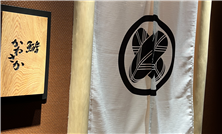


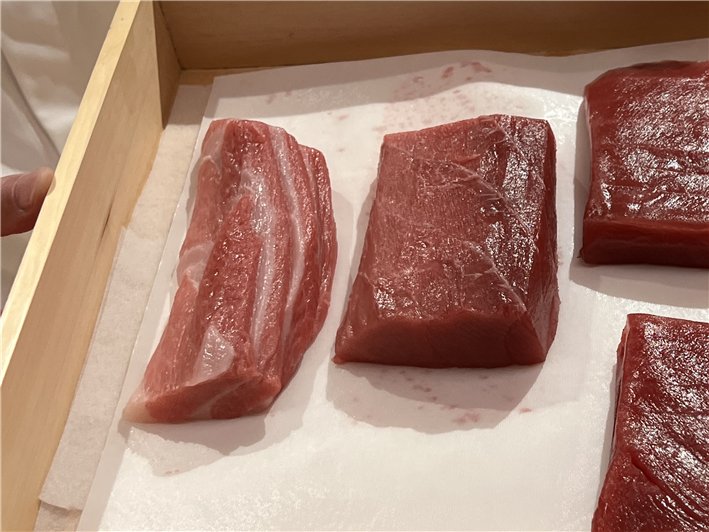

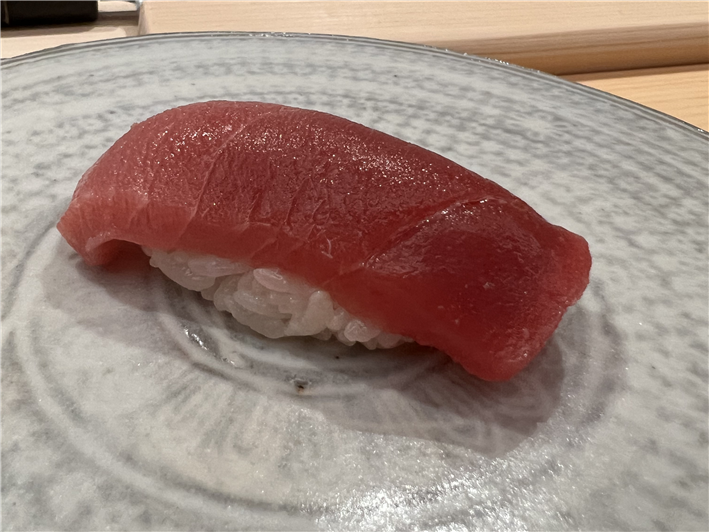
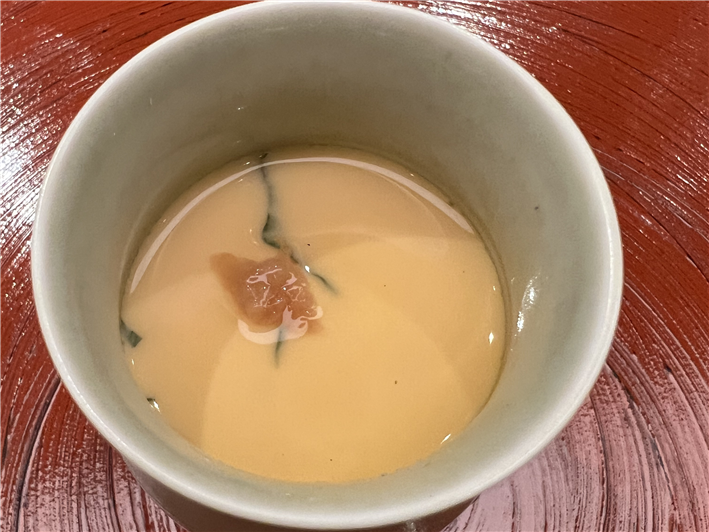
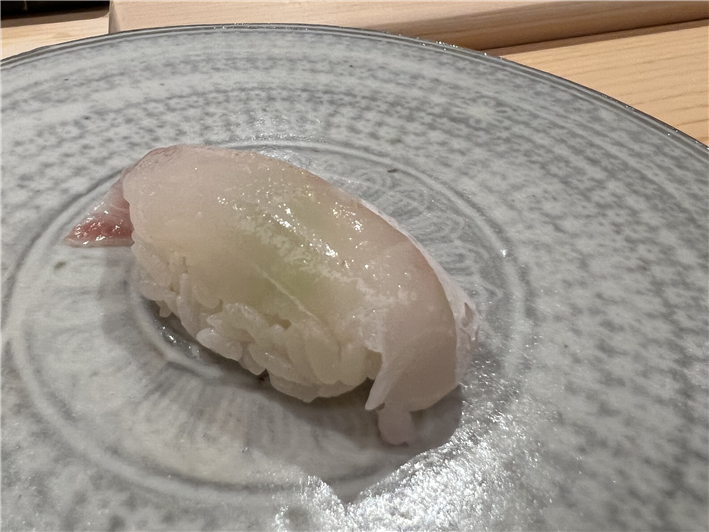
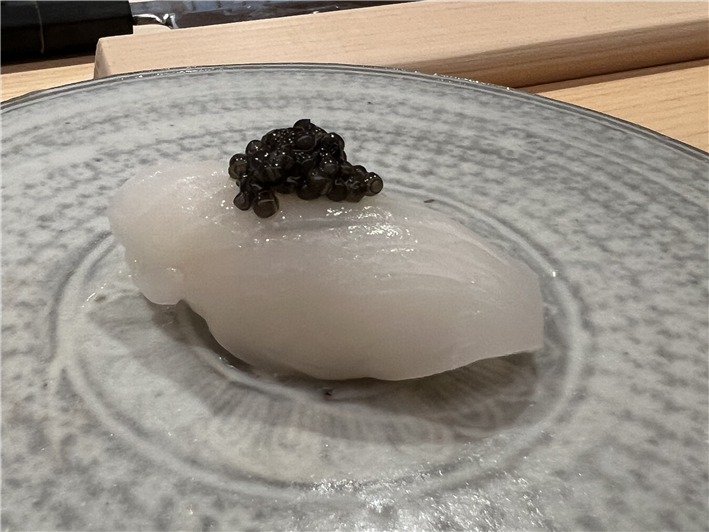
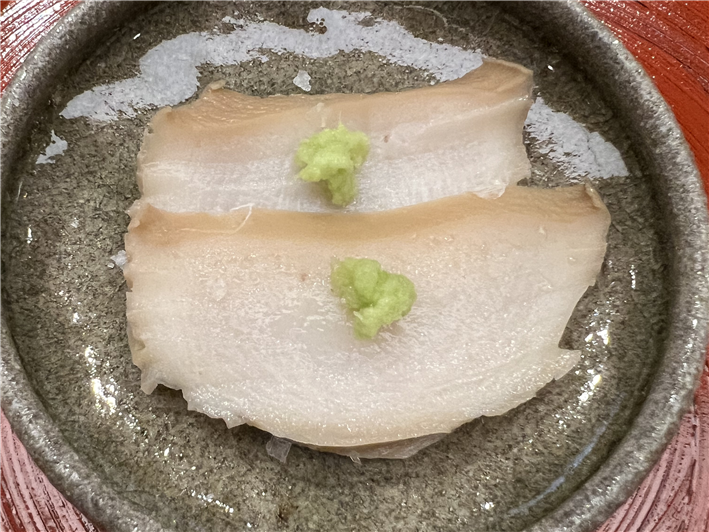
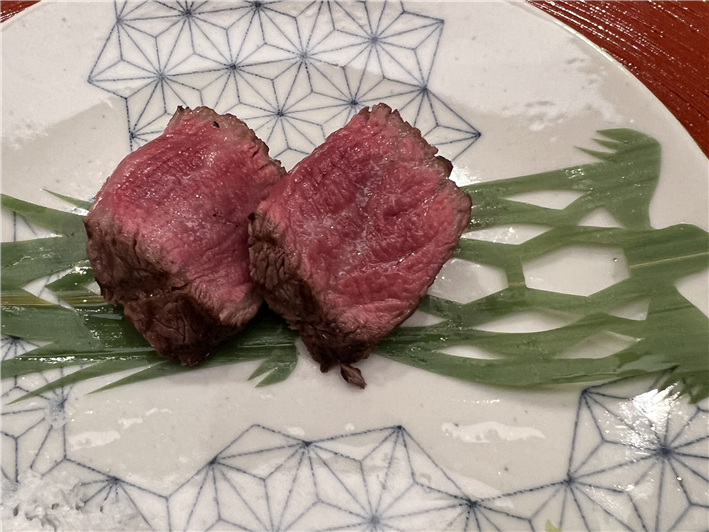
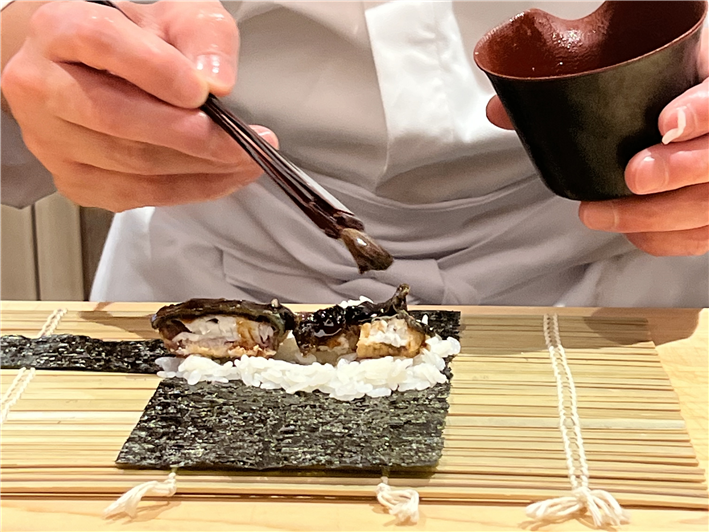
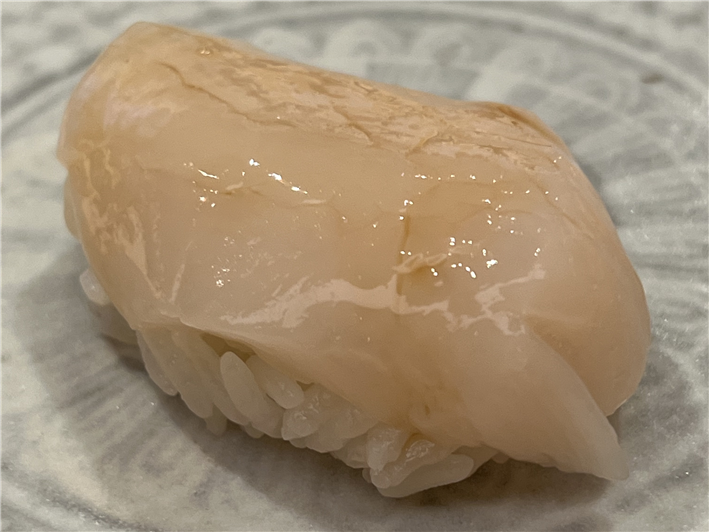

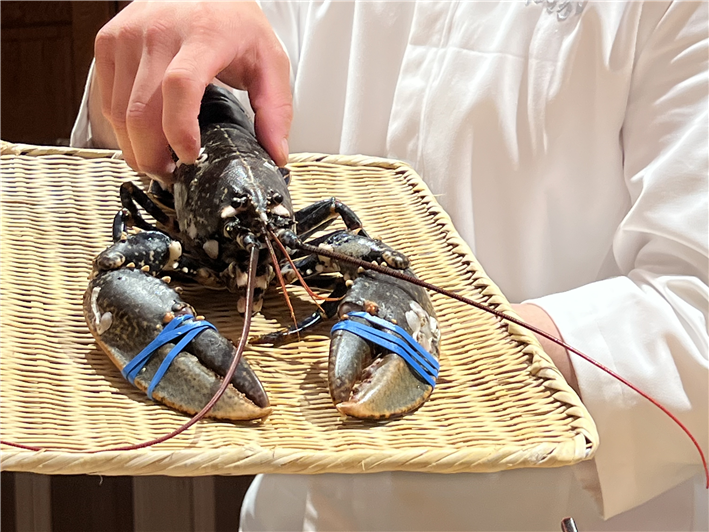

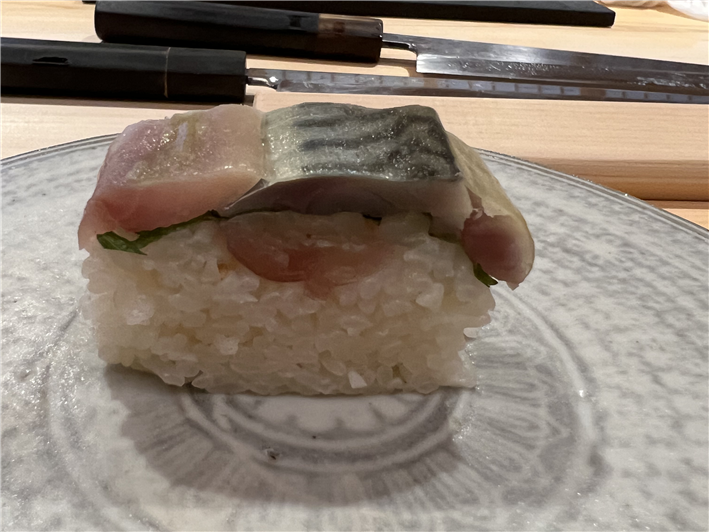
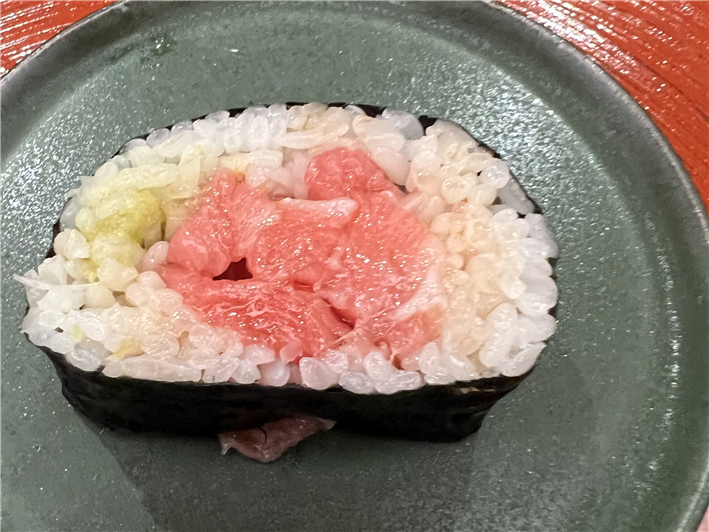
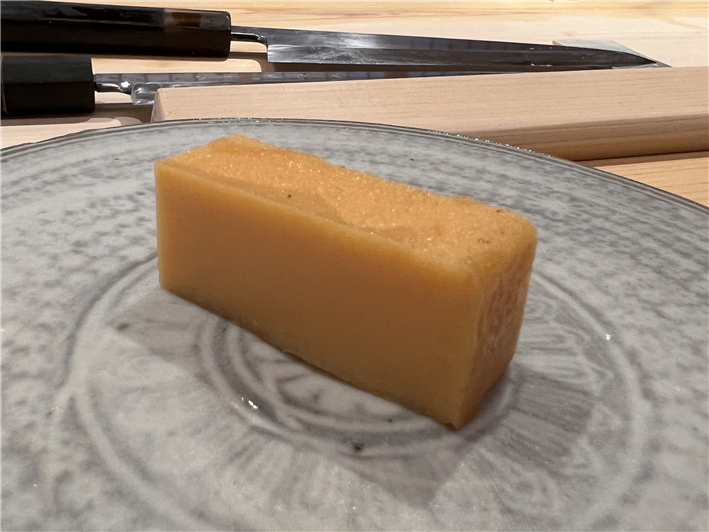
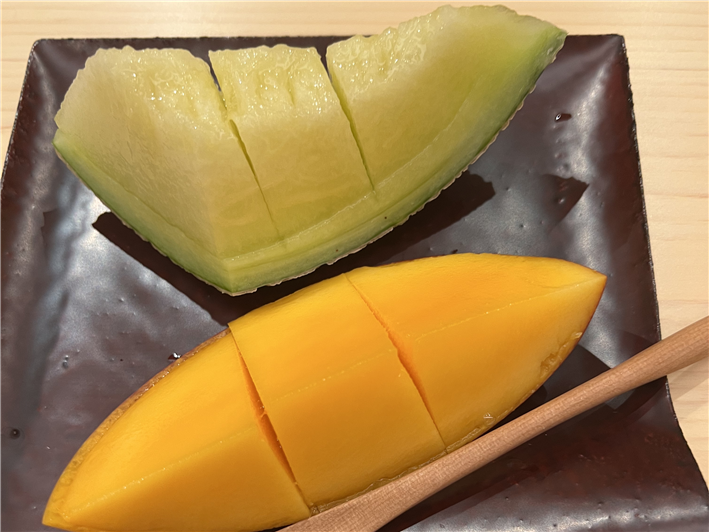

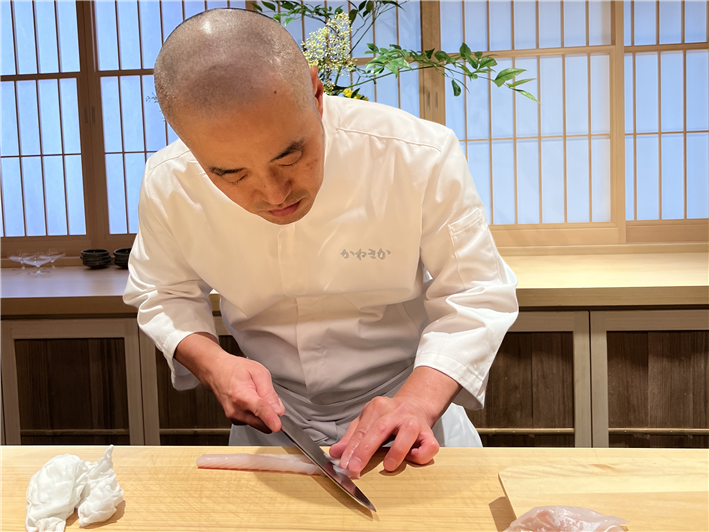

Jefferson
Was wondering how long it would take for your review to pop up. Pretty damn quick it seems! It will probably do very well. It's in an area locals wouldn't blink an eye at going on a random Tuesday just coz. Being a mere mortal myself, I'd rather put that £500+ towards a trip to Paris for lunch or one of the Scandi greats but then again, I'm not the target audience for this I guess. Appreciate the review.
ROB
Quite a premium vs Tokyo. Not like Tokyo is a less expensive city, or like the fish costs less there. Just seems as usual a way to have people in the UK pay through the nose. I'm sure it's wonderful but it's a hard pass. I obviously have the means to say "I'll go when I'm in Japan" but anyone going to this restaurant in London (not on an account) has those means and more.
Markus Schmidt
£490 is certainly a chunk of money but many top sushi places outside Japan are now in a comparable price range. Masa in NYC is more pricey still, and Sushi Shikon in Hong Kong is at £430+ inc service charge but without drinks and some signature add ons (they fly in their fish from Tokyo for lunch and dinner). Many high end kaiseki places in Tokyo and Kyoto (Ishikawa, Mizai, Kitcho Arashiyama) are also in the same price range...
Lee
Can this price really be justified for sushi? I'm sure the quality was exteremely good, but it sounds like this just tips over into utter folly.
james
I am glad that you are eating here and providing feedback on the menu - I don't know what to say about the cost of the meal...where does it step over into the surreal? Keep them coming!